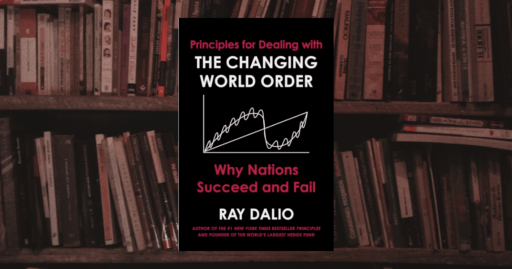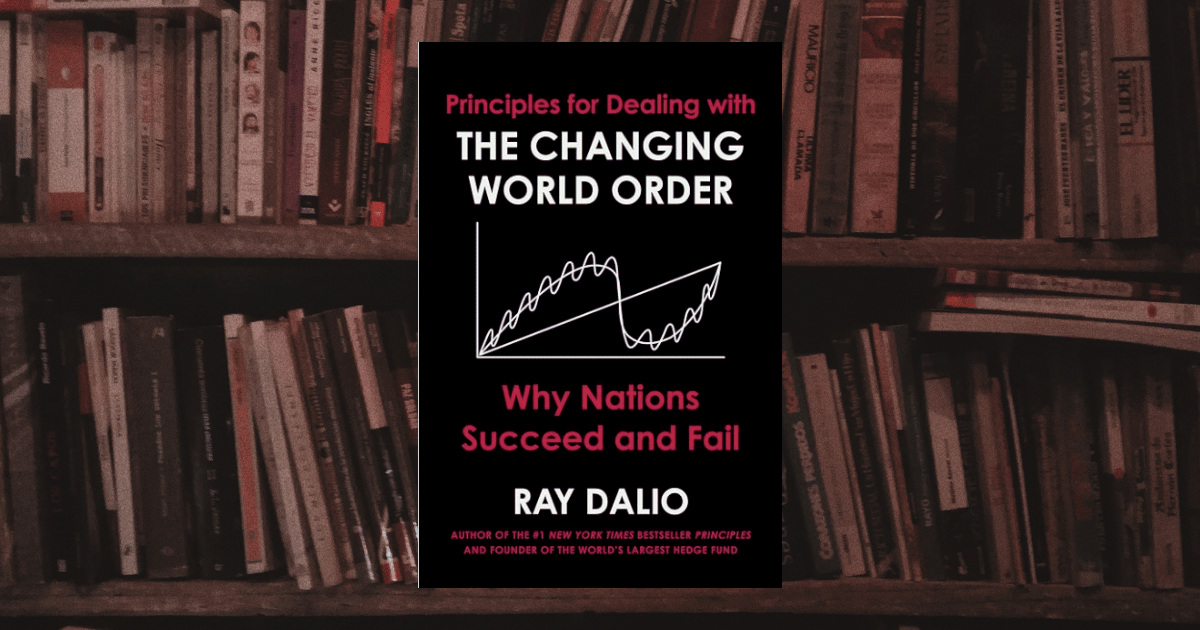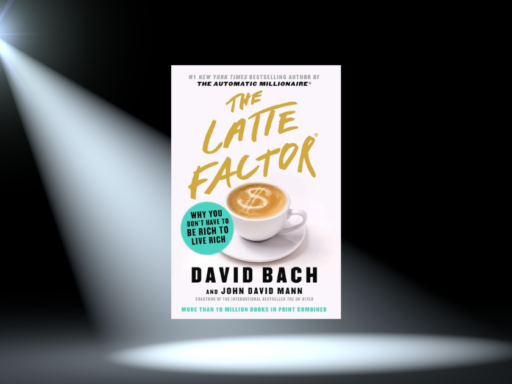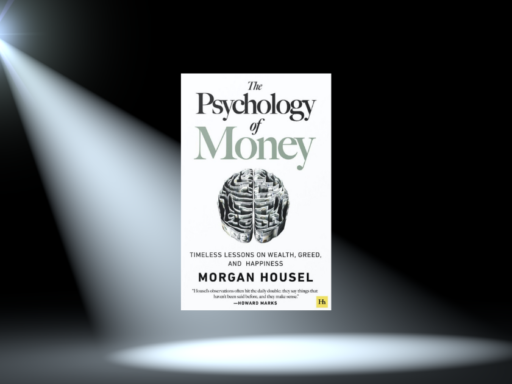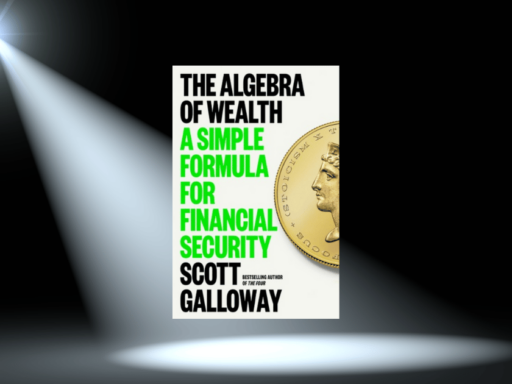Navigating the Changing World Order: A Review of Ray Dalio’s Masterpiece
I just finished a very interesting read. I opened Ray Dalio’s Principles for Dealing with the Changing World Order expecting actionable investment advice from a legend. Instead, I walked away with a profoundly new perspective on how historical cycles shape not only our investment decisions but the very fabric of the world we live in. Dalio doesn’t just offer principles for investing—he offers a lens to interpret the dynamics of nations, economies, and societies through time.
The book is far more than a manual for wealth-building; it’s a guide to understanding the forces driving the global order and how we, as investors and individuals, can adapt.
The Big Idea: Cycles That Govern the World
Dalio’s premise is both simple and profound: history operates in cycles. Nations rise, peak, and decline in patterns that are both predictable and remarkably consistent. He outlines three major forces shaping these cycles: the accumulation of debt and money creation, internal conflicts within nations, and external conflicts between them.
Dalio puts it succinctly:
“The biggest force behind the long-term changes in the world order is the accumulation and allocation of wealth. Whoever controls the wealth also controls the power.”
For a novice investor, this might sound abstract at first. But Dalio uses historical examples—from the Dutch Empire to Britain’s global dominance and the rise of the United States—to illustrate his points. His analysis helps frame current events, such as the rivalry between the U.S. and China, as echoes of past transitions. For seasoned investors, these patterns provide an invaluable framework for understanding risks and opportunities in a volatile world.
Dalio’s Framework: Understanding Change
At the heart of the book is Dalio’s framework for interpreting these cycles. He breaks them into distinct phases: prosperity, over-indebtedness, economic downturn, and recovery. As societies transition through these phases, their economic and political conditions shift, creating ripple effects that influence investments.
For investors, this provides a crucial insight: recognizing where we are in the cycle can help us anticipate what’s coming next. For instance, high levels of debt combined with rising inflation and political instability signal we’re in a late-stage phase—a time to tread carefully.

Investment Strategies for a Changing World
One of the most practical aspects of the book is its actionable advice for investors. Dalio emphasizes diversification—not just across asset classes, but across countries and currencies. In a world where economic and political landscapes can shift dramatically, putting all your eggs in one basket is riskier than ever.
For novice investors, this advice is both accessible and reassuring. Start small, understand the broader trends, and avoid overcommitting to any single idea or market. For experienced investors, Dalio’s insights complement advanced strategies, offering tools to hedge portfolios against macroeconomic risks.
One particularly thought-provoking suggestion is the importance of inflation-hedge assets like gold, real estate, and inflation-indexed bonds. Dalio warns,
“Cash is not a safe investment—it is almost always the worst investment. But it’s an easy one people are drawn to because it doesn’t move much and doesn’t seem as risky as assets that do.”
This timeless advice feels especially relevant today, as inflation continues to dominate the economic narrative.
The Social and Political Dimensions
Dalio’s brilliance lies in connecting economic trends to broader societal and political forces. He explains how internal conflicts—such as wealth inequality and political polarization—can destabilize nations and, by extension, their markets. Similarly, external conflicts like trade wars or military tensions between major powers can reshape the global investment landscape.
“History has shown that when the rich and the poor are too far apart, political instability rises, and with it, the likelihood of disruptive changes.”
The rivalry between the U.S. and China, for example, is presented as a case study of a rising power challenging the established order. This is not just a geopolitical drama; it’s a critical driver of investment trends. Understanding these dynamics allows investors to position themselves strategically, whether by seeking exposure to emerging markets or diversifying away from regions at risk.
Key Takeaways for Investors
One of the book’s strengths is its ability to distill complex ideas into actionable principles. For novice investors, Dalio’s advice boils down to a few core tenets:
- Diversify Broadly: Spread your investments across countries, currencies, and asset classes.
- Prepare for Inflation: Protect your portfolio with assets that hold value during periods of economic turmoil.
- Focus on the Long Term: Don’t get swept up in short-term market movements; understand the bigger picture.
For seasoned investors, the book offers a sophisticated framework to refine risk assessment. Dalio’s emphasis on historical and geopolitical analysis provides a valuable layer of context for decision-making.
Final Thoughts
Dalio’s Principles for Dealing with the Changing World Order is as much a philosophical exploration as it is a practical guide. It challenges readers to think deeply about the forces shaping our world and equips them with the tools to navigate uncertainty.
While the book’s dense content may initially overwhelm beginners, its lessons are worth the effort. For experienced investors, it’s a masterclass in connecting the dots between history, economics, and investing.
I highly recommend this book to anyone seeking to understand not only how to invest but how to think about the world we live in. In a time of rapid change, Dalio’s insights are both a wake-up call and a roadmap. Whether you’re just starting your investment journey or refining a veteran strategy, this is a book that will leave you thinking long after you’ve turned the final page.

